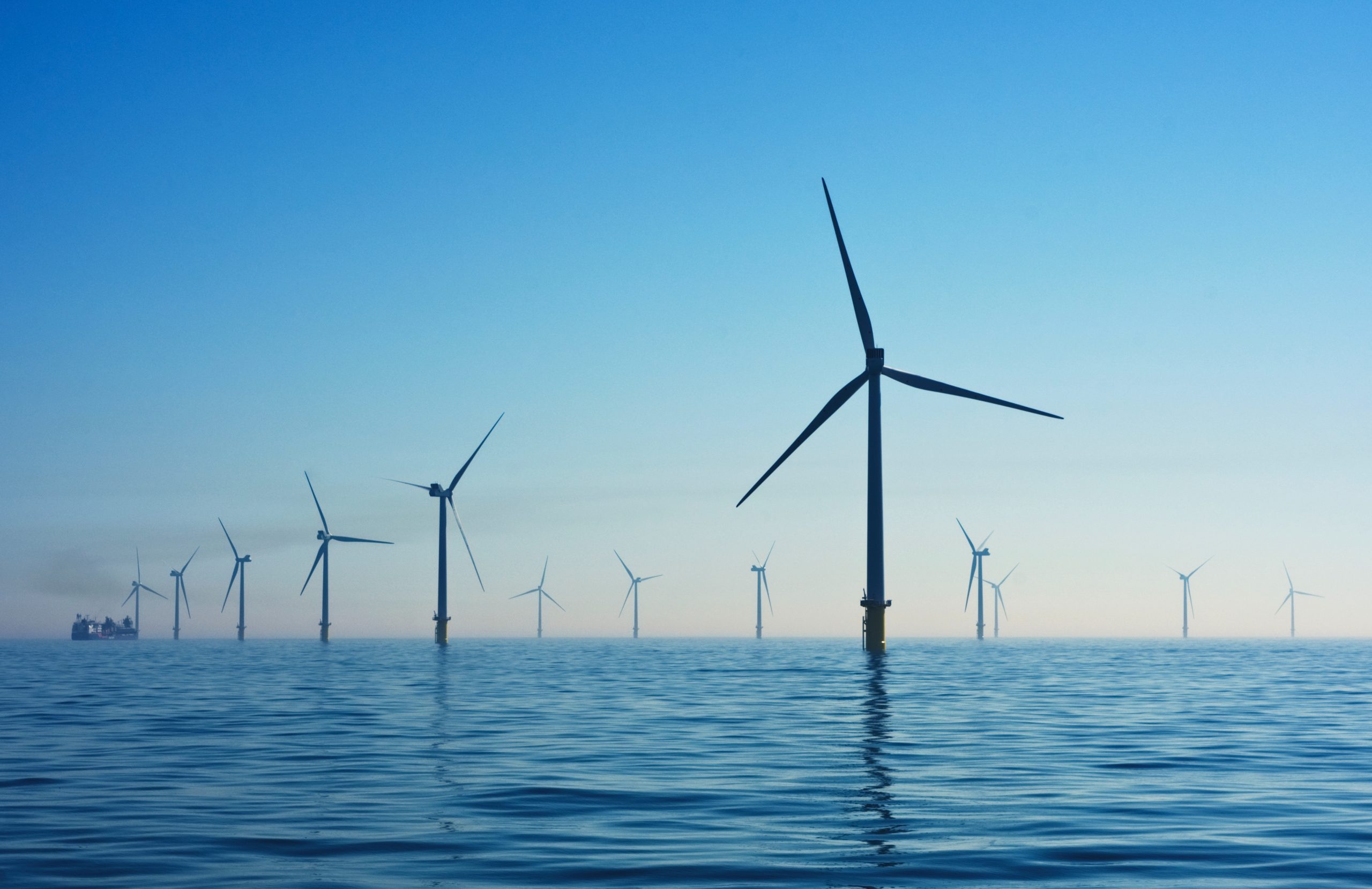What is the best source of renewable energy?
Verde Energy has provided high-quality energy service to over a quarter-million residential, corporate, and organizational clients. Customers in the Northeastern United States benefit from the company’s use of renewable energy sources like solar, wind, hydropower, and biomass. Verde Energy also contributes to the development of green energy by purchasing renewable energy credits (RECs) to offset 100% of its clients’ consumption.
So, what is the best renewable energy source? The short answer is that various renewable energy sources have demonstrated their potential to provide excellent value and utility in terms of their ability to “green” the environment while providing consumers with steady electricity and a smooth user experience.
Here’s a rundown of the distinctions between renewable energy sources:
1. Wind
Wind power is the greatest source of renewable energy in the United States, accounting for 8.4% of all energy generated. The wind can generate large amounts of electricity, and it is particularly popular among renewable energy proponents because of the numerous advantages it provides. It has few negative environmental consequences and has an overall carbon footprint even smaller than solar.
Wind turbines do not produce smog, acid rain, or any of the various atmospheric pollutants and particulates that contribute to the build-up of greenhouse gases and exacerbate climate change. Several scientific investigations have demonstrated the numerous long-term consequences of carbon monoxide, sulfur and nitrogen oxides, and lead.
Wind-generated power can reduce the uncertainty that fuel prices contribute to conventional energy sources because it carries no intrinsic fuel costs and is offered as a fixed-price commodity. Because wind turbines may function at any time of day or night, the energy they generate can be used at any time. Offshore wind turbine installations provide the flexibility of offshore operations while producing more electricity than solar panels. Furthermore, wind energy is easily produced domestically, reducing reliance on foreign oil.
Wind energy produces more than just electricity. Currently, the wind-energy sector employs 100,000 people in the United States, potentially hiring 600,000 more by 2050.
2. Sun
Wind and solar power are the two fastest-growing sources of power in the United States, according to EIA data on renewable energy sources. Solar energy, which accounted for roughly 2.3 percent of total energy in 2020, is primarily focused on photovoltaic or solar-thermal power, with solar farms capable of generating electrical power on a massive scale. Solar’s progress is limited only by present technology capabilities to harness the sun’s unlimited energy. Solar panels have the advantage of being able to be installed in nearly any structure and taking up less area than wind turbines. Solar also outperforms wind to deliver a more consistent energy output across time.
Solar energy has public health benefits comparable to those derived from wind power. Solar has a low environmental impact, with experts claiming that every kilowatt-hour of solar power produced reduces the number of greenhouse gases released into the atmosphere substantially.
Solar energy generation utilizes very little water, allowing water resources to be used for other purposes. In the United States alone, the solar business supports around 250,000 jobs.
3. Water
The natural force of flowing water is used to turn turbines attached to a generator in hydroelectric electricity. Since 1882, when the world’s first hydroelectric plant began producing energy in Appleton, Wisconsin, hydroelectric facilities have been in operation. According to the EIA, hydroelectric sources account for around 7.3 percent of all electrical power produced in the United States, with 2,500 dams.
Like wind and solar, hydroelectric power generation has the huge advantage of creating comparatively small levels of hazardous pollutants. Hydropower has the distinct advantage of uploading power to the grid almost instantly, with some hydroelectric plants capable of moving from zero to maximum output in a matter of seconds.
Hydropower, like wind and solar, may be produced wholly domestically, reducing dependency on foreign oil sources. Like the wind and the light, Flowing water is a renewable resource.
It also provides scalability and capacity advantages. According to the US Department of Energy, 97 percent of the country’s dams cannot generate electricity. Retrofitting the remaining dams may provide electricity to over 5 million houses while reducing oil consumption by 190 million barrels. Hydropower projects could also create reservoirs that offer recreational opportunities for swimming, boating, and fishing.
4. Garbage
Even though biomass energy, derived from the combustion of plant and animal byproducts, accounted for only around 1.4 percent of all energy produced in the United States in 2020, it significantly contributes to sustainability. Biomass may be turned into a gas, which can be used to power gas turbines, steam generators, and internal combustion engines. Biomass energy is used in several areas of the American economy, including health care, entertainment, hospitality, and education.
Because it is made from readily available organic materials such as garbage, manure, and other waste, biomass energy is constantly open. Biomass is carbon-neutral because it only emits the amount of carbon contained in the organic materials it burns into the atmosphere. According to Syn Tech Bio Energy, burning biomass reduces the amount of rubbish in landfills by up to 90%.
Conclusion
According to experts, the sheer variety of energy options available among renewable energy sources makes each one “best” for several applications. The good news is that the renewable energy industry is rapidly progressing in sustainability, efficiency, and value across a wide spectrum of present and emerging energy sources.
